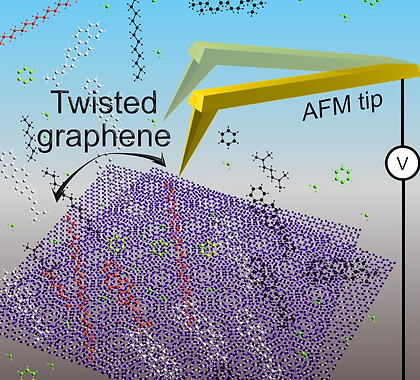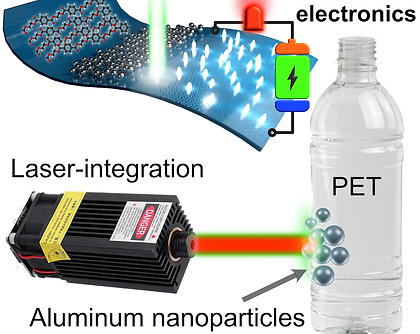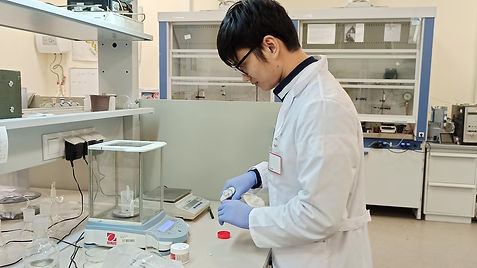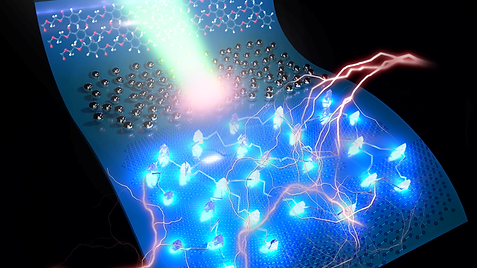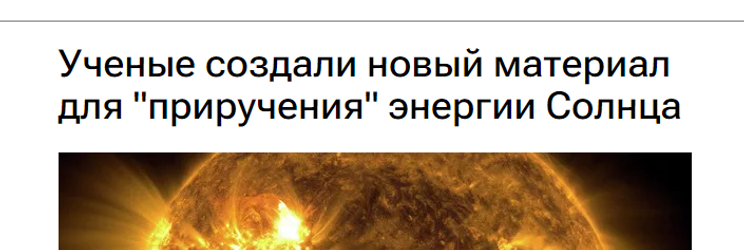
RESEARCH, INNOVATION, COLLABORATION
Having the ability, expertise and technology to handle complex assays is critical to making big steps in the nano-world.
OUR RESEARCH
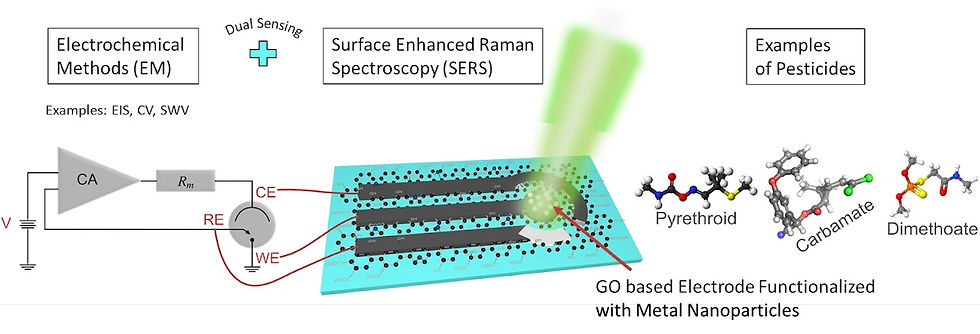

Depolarization
During the two years of the project implementation, the project team obtained evidence for our original hypothesis regarding the polarization effects on the selection rules in the presence of nanoantennas for several configurations. For the first time, we discovered the "tip narrowing effect" that originates from the electromagnetic field enhancement in the presence of a strong image dipole in the configuration modeling the geometry of two strongly coupled nanoantennas.
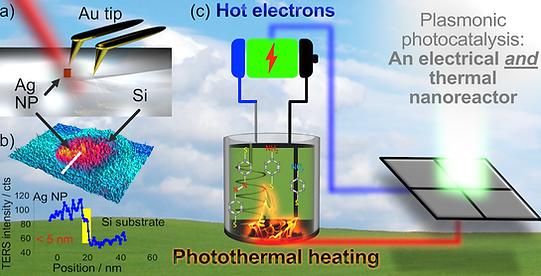
Nanophotoreactors
The work is dedicated to the development of effective materials for photocatalysis using 4-nitrobenzenethiol as a model molecule. Using plasmon-enhanced Raman spectroscopy (SERS and TERS), it was shown that external and internal system heating using plasmonic nanoparticles promotes a more active photocatalytic transition of the studied molecules.

OUR COLLABORATION NETWORK MAP WORLDWIDE

